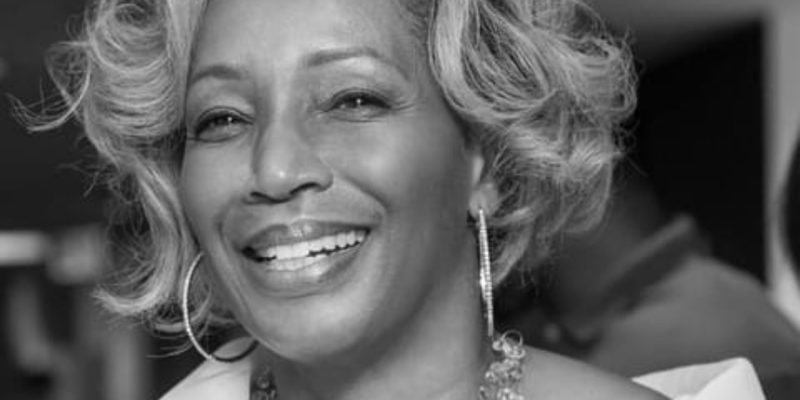Fine artist and quilter Phyllis Stephens wants you to know that her art-form is as physical and equivocal as the steps you might make on the dance floor, and that her latest series captures the “Art of Dance” in a bold, innovative way.
“Dance and quilt-making are exactly the same” Stephens told BLACK ENTERPRISE in an exclusive interview.
What else is the human experience, if not a dance of praise, love, labor, liberation and resilience? The dance is hard-wired like DNA and shows up in every aspect of life—both physically and spiritually but specifically through art form and expression.
Consider the praise dance of elders and conjurers who have kept the faith; the hustle of mamas and papas who worked ungodly hours as domestics and field hands in kitchens and on lands that would never take possesion of. Imagine the stolen moments and slow grind between unlawful lovers who did not even own themselves. Feel the rhythm and blues in the collective dance toward freedom and the patient two-step of the movements that kept the community grounded—but steady moving.
Enter Stephens, whose recent body of work The Movement of Material is connective tissue tying the historical movements of yesterday to the free-spirited dance of the now.
The collection consists of 10 majestic pieces that are a far cry from timidity, and authenticated swatch by swatch This series is heroic in weight, scale and tale. It is big, Black bodacious, soft and above all–telling. Each piece weaves a polychromatic narrative around the motility of dance and a reclamation of safe space.

The Movement of Material accomplishes a great feat, a “Balancing Act” between texture and color, welcoming viewers to a citified soiree where Black bodies exalt one another: one holding their world up as the other holds it down, both perfecting balance in an otherwise unsteady environment.

“Feel it in my Soul” does restorative work like a revival service, a consecration of sorts—church if you will. Observers will feel the soul-tie of partners entranced in the soulful art of dance in their own backyard against the backdrop provided by the most high. They, too, are witnessing the spiritual dance at play between Artist and elements; the background and the foreground; the stitch; the layer; story and the colored body.

Stephens pays a particular attention to women. They are presented with detail, poise and prowess.

The gaze in works like “Limbo Leigh,” “Bailaora,” “This Leads To Love,” and “Work It” is as arresting as what they command through the language of dance—through hip, waistline, embrace, and striking pose.

The “Party Planner,” and the women in “Upward Bound,” “Whirlwind,” and “The Rest of Forever” dance to the beat of their own life’s drum, and are committed to movement.

It is in these pieces a redirection to the materials and the environment is evident. It’s seen in passing locomotives; the billow of clouds and hemlines; a soft wind beneath a young’n feet; a breeze through Japanese maple.

The Movement of Material centers the cultural and intimate exchange of Black joy and love through dance with an expanded focus on the dance floor, albeit in the midst of concrete and verdure.
This level of motion and tourism is truly top tier.
RELATED CONTENT: Why Investing in Black Women’s Art is a Power Move











Comments